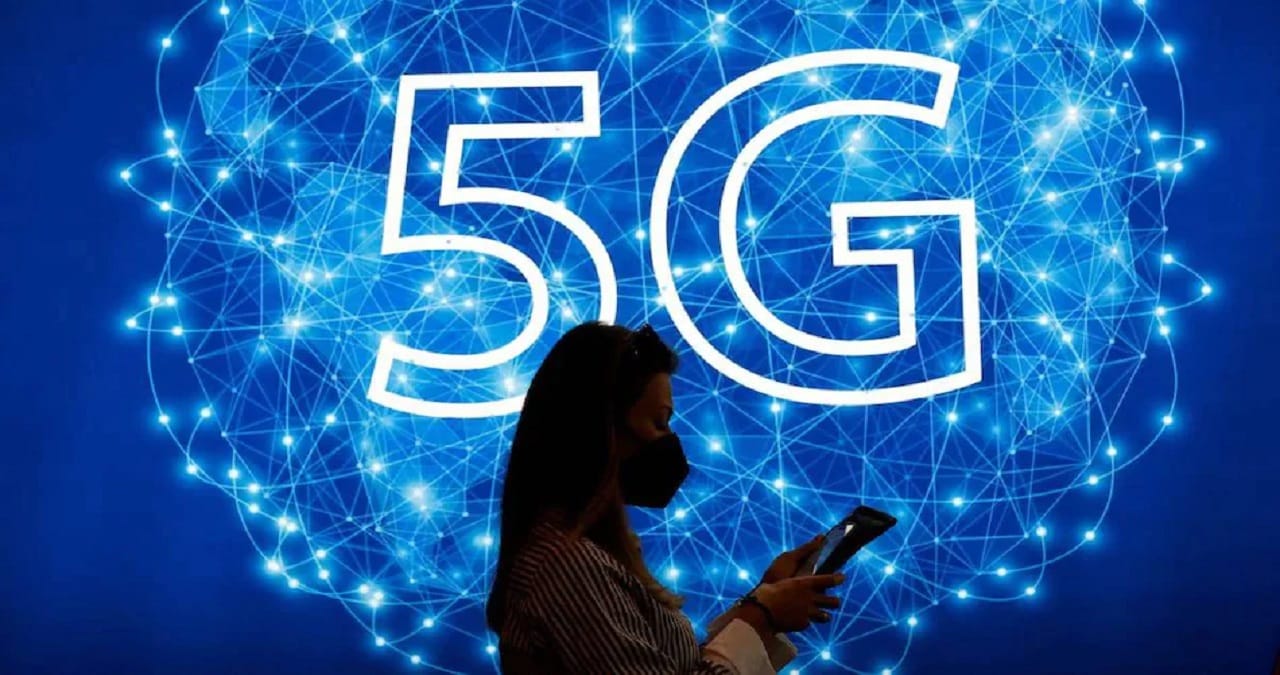New Delhi: Prime Minister Narendra Modi today launched 5G services in India at a telecom event in New Delhi.
Capable of providing ultra-high-speed internet, 5G ushers in a new era of streaming capabilities in India. PM Modi launched 5G services in select cities at the IMC 2022 conference.
5G or fifth generation service will cover the entire country over the next couple of years and will unleash brand new economic, industrial and societal benefits.
For civilian consumption, 5G takes streaming and gaming to a whole new level courtesy of its superior speed and low latency as compared to 4G.
Latency is one of the biggest differences between 4G and 5G. In layman’s terms, latency is the delay that follows the transfer of data when an instruction is given to allow its transfer. In other words, the lower the latency, the higher the internet speed. With 5G, the latency is below 5 milliseconds as compared to 60 to 98 ms when it comes to 4G.
5G can offer peak download speeds of 20 Gb/s (gigabits per second), or 20,480 Mb/s (megabits per second). To put it in perspective, a 20Gb/s internet speed can provide download speeds of 2.5 GB/s (gigabytes per second), or 2,560 MB/s (megabytes per second).
With those numbers, a 1 GB-sized file can be downloaded in 0.03 seconds.
Besides streaming movies or online gaming, the 5G age ushers in a new era in commercial or industrial sectors. Ultra-high internet speeds are crucial for the advancement of Artificial Intelligence (AI), Augmented Reality (AR), etc. that can have an end-to-end effect on various sectors like healthcare, disaster management, education and agriculture, among others.
The Electronic Vehicle (EV) sector, fast booming in India, will see 5G as a boon to carry out its operations.
Internet Of Things (IOT) technologies, an umbrella term for services that use or operate over the internet, like automation, transportation, food delivery, etc. can be revolutionised with the speeds that 5G offers.
![]()
